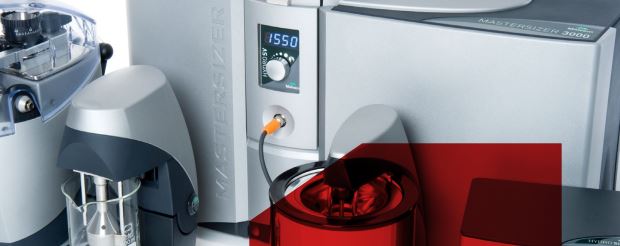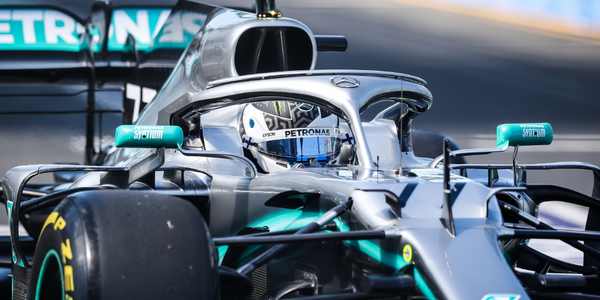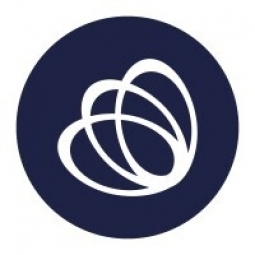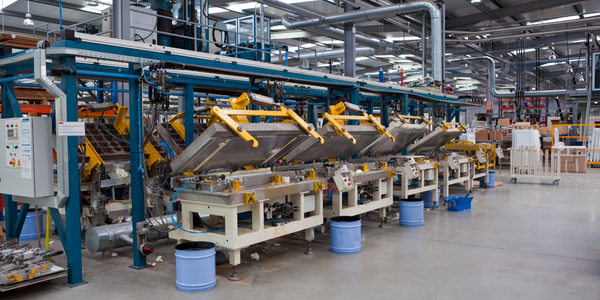Technology Category
- Analytics & Modeling - Big Data Analytics
- Application Infrastructure & Middleware - Middleware, SDKs & Libraries
Use Cases
- Continuous Emission Monitoring Systems
- Time Sensitive Networking
Services
- System Integration
About The Customer
Groupon is a trusted local marketplace where consumers can purchase services and experiences that add value to their lives. The company was founded in Chicago, Illinois in 2008 and has since expanded its operations globally to 13 countries. Groupon serves millions of customers in over 500 cities and employs more than 2500 people worldwide. The company's mission is to deliver boundless value and make life more interesting for its customers. Groupon had been manually tracking and reporting their sustainability data as part of their ambition to measure and manage their carbon footprint. However, they sought a more efficient and complete solution to attain their reporting goals.
The Challenge
Groupon, a global marketplace operating in 13 countries, was facing challenges in tracking and reporting their sustainability data. The company had been manually managing their data using spreadsheets and other tools, aiming to measure and manage their carbon footprint. However, these methods were proving to be time-consuming, resource-intensive, and had limited reporting capabilities. Groupon was seeking a more efficient and comprehensive solution to meet their reporting goals. They approached Ecometrica for assistance with their first greenhouse gas (GHG) assessment in 2021. Groupon's requirements included reporting their scope 1 and 2 emissions, as well as their more complex scope 3 emissions, which encompassed business travel, water use, estimation of deliveries, cloud servers, and waste. They also needed a more coordinated and robust data collection across their global sites and a reduction in the time spent collecting and reporting data across the business.
The Solution
Ecometrica provided Groupon with a platform that could automatically and instantly calculate their scope 1, 2, and 3 emissions. With the support of dedicated sustainability analysts, Ecometrica helped Groupon to better understand and scope transparent data collection across their global sites. The Business Intelligence module of Ecometrica's platform allowed Groupon to analyze and make sense of their data through visualizations of their largest sources of emissions, site comparisons, energy consumption, and emission intensity per employee. Groupon was able to successfully report their 2020 base year GHG assessment and 2021 assessment following the GHG Protocol framework, producing high-quality, auditable reports. The main advantages of using Ecometrica’s software for Groupon included on-hand support from dedicated sustainability analysts, instant calculations for all emission scopes, integrated Business Intelligence module, seamless data collection across global sites, easy reporting to GHG Protocol framework, and fully auditable output.
Operational Impact

Case Study missing?
Start adding your own!
Register with your work email and create a new case study profile for your business.
Related Case Studies.

Case Study
Mobile monitoring system: Vehicles with sensors to control air quality in Glasgow
Countries throughout the world have a need, and in many cases a legal obligation, to ensure air quality is meeting specific standards. Policies aim to reduce exposure to air pollution, by reducing emissions and setting limits and targets for AQI. Public authorities in cities have deployed static stations to monitor air quality data for a set of pollutant with specific, and high cost, sensing technologies. These stations provide highly accurate data but their cost limits the quantity of deployments, leaving large gaps in coverage.

Case Study
Enhancing Environmental Control and Reducing Emissions in Nordic Smart Cities
Municipalities and public institutions are concerned about air, water, noise or lighting pollution in cities. In the last years, it has become mandatory through several international regulations to reduce emissions that could impact in the environment and also inhabitants lives.Being a Smart City is more than just a trend, is a commitment with society and stakeholders.Carbon Track and Trace Project (CTT) aim is reducing CO2 emissions, combating climate change in cities and also developing a decision support system for cities greenhouse gas (GHG) emissions monitoring. It was funded by the Low Carbon City Lab flagship of the EU Climate KIC programme.

Case Study
Centralizing Data for Improved Efficiency: A Case Study on Malvern Panalytical
Malvern Panalytical, a UK-based hi-tech electronics company, was grappling with the challenge of decentralized data storage. The company had a vast amount of unstructured data scattered across various platforms, from hard drives to emails and floppy disks. This made the data searching process extremely cumbersome and inefficient. The company's rapid growth, from 200 to over 1,000 employees in a decade, and expansion across three continents further exacerbated the need for a more structured and centralized data system. As a company involved in electronics manufacturing and software development, it was crucial for Malvern Panalytical to find a platform that could structure all their data, track all modifications of documents in real time, and provide clear visibility of the internal information flow across all its facilities.

Case Study
Managed Hosting Platform
Formula 1® is a sport where every millisecond matters. With changing preferences and the growth of the digital medium, many fans choose to experience the sport through the F1.com website. The website needs to deliver a superior experience to tens of millions of fans across the world consistently. Hence, it is imperative to have a robust platform that can deliver the required performance and scale with growing trac and dynamic fan expectations. Some of the key challenges are: • Every race weekend, Formula1.com attracts up to 7 million fans. Managing this huge surge in website traffic, requires a scalable hosting platform that can simultaneously allow millions of fans to experience the excitement of the sport seamlessly. • Fans across the globe expect an engaging and immersive experience through enriched and enhanced race content across multiple devices. To meet this requirement Formula1.com needs to have a robust platform that is able to deliver real-time updates and information across screens, be it tablets, TVs or smartphones. • A global brand like Formula 1® needs to ensure it delivers a consistent user experience across all platforms across the globe. This consistent delivery of enriched content cannot be compromised through downtime or any other issue at any point. • In an age where threats to global websites are prevalent, Formula 1® needed a platform that was ready to meet any challenge to its website. They needed a solution that delivers consistency, scalability and yet at the same time is continuously monitored, secure and reliable.

Case Study
EDF's Transformation: Enhancing Employee Experience through IT Modernization
EDF, a major UK utilities company, was grappling with a highly customized service management system that was largely manual, with limited potential for automation. This made it difficult to predict or prevent system failures and provide a resilient service. The company's IT system for incident handling was purely manual, leaving no room for modernization. EDF wanted to serve its business and residential customers better by improving the response time to rising energy demands. To achieve this, the company needed to provide its employees with the right tools for improved productivity, better collaboration, and an enhanced IT experience at a reduced cost to serve.








